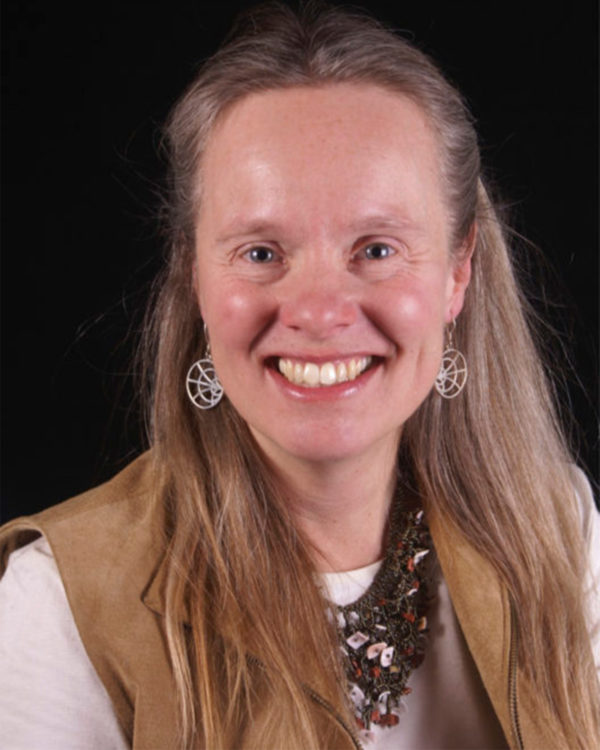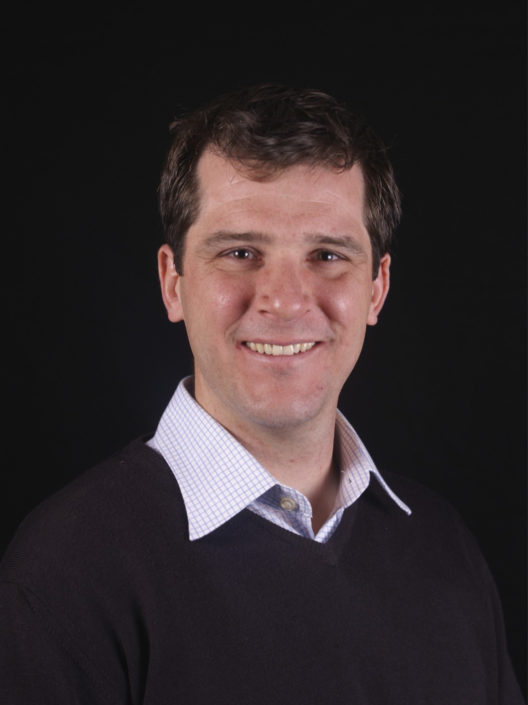Have you ever wondered why there is a cell phone dead spot at the end of your driveway? Or perhaps, been curious about what the inside of your cell phone looks like? A new general education course, ECE/MSE 1030, will be exploring these questions and more.

University of Utah professors Cynthia Furse, Electrical and Computer Engineering, and Mike Scarpulla, Electrical and Computer Engineering and Materials Science Engineering, have been awarded the University Professorship for 2023-2025 from the Office of Undergraduate Studies. The purpose of the professorship is for them to develop and engage undergraduate students with a new course, “Your Smartphone: How it Works and How it is Changing the World,” starting Fall 2023.
Professors Furse and Scarpulla bring a wealth of knowledge and experience to the classroom, both in working with undergraduate students and in their respective research areas. Professor Furse is an expert in electromagnetics and wireless communications, and Professor Scarpulla’s expertise lies in compound semiconductor materials and devices.
“We are excited to bring this new course to undergraduate students across the U; it is something we have been wanting to teach for years!” says Furse.

“We had been talking about the concept of a course that uses smartphones as a launching point for explorations into all sorts of engineering and technology: electromagnetics, materials, signal processing…the more we talked about it, we started realizing how many connections there are to behavioral, international, ethical, and social issues – it is a place where science and technology meets the rest of human existence. We realized we had to do this.” said Scarpulla.
The course will engage students in explorations of the technology behind mobile phones and how they work, in addition to impacts on society. Three major technical areas will be covered: cell phone hardware, electromagnetic communications, and information transfer, processing, and storage. Within each area, students will delve into the web of international and social connections.
“Originally, we were really excited about the technologies in the cell phone, and that was the main initial concept for the course,” says Furse. “Over the last ten years or so, though, we have seen so much of the societal implications of this technology and the impacts of wireless communications, and we gained a lot of interest in those aspects and how they relate to the technical side. I think that the ethics of access are so important to discuss when talking about wireless communications, so we are excited to incorporate a more interdisciplinary approach to the course and, hopefully, involve students from a wide variety of majors.”
The course is intended to attract a diverse range of students from across campus. “We’d love to have freshman, sophomores, juniors and seniors from every major on campus!” said Furse. “The topics we are excited about span across engineering and science, business, humanities, education, art, medical, communications, and more. Careers in wireless communication are broad and diverse, and we want our class to be too.”
“The only prerequisite for the course is curiosity, and this is a course for the wildly curious,” says Furse.
“Having more ideas and more perspectives in the room makes for more learning and intellectual exploration,” says Scarpulla. “There is no textbook for this, we can really go any direction with this topic. We are looking for students who are excited to help drive the course direction and are excited to see how it evolves.”
 Students will explore each of the course modules through a combination of hands-on activities such as dissecting cell phones, projects, special speakers, and a student-driven approach to the course.
Students will explore each of the course modules through a combination of hands-on activities such as dissecting cell phones, projects, special speakers, and a student-driven approach to the course.
“We want to make this course as fun and interactive as possible,” said Professor Furse. “The things that the students are finding most interesting within our topics is where we want this course to go.”
Enrollment for the course is now open, and students are encouraged to register early to secure their spot in this exciting new course. You can view the course description here.
To learn more about the University Professorship award, click here.